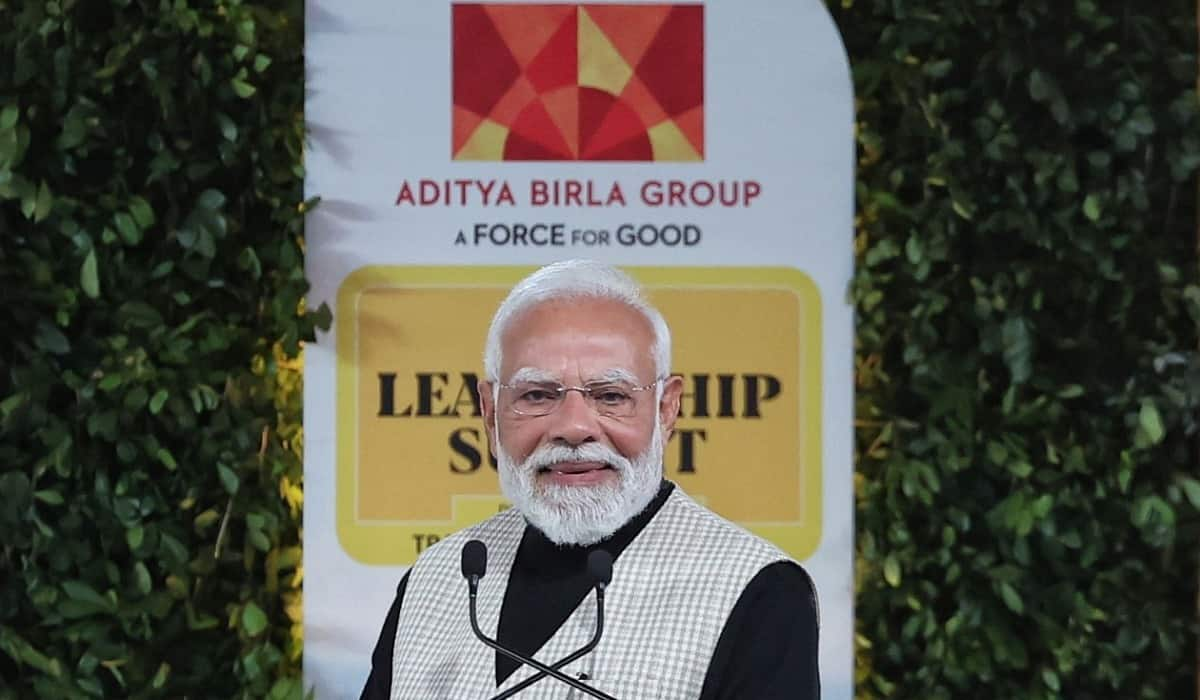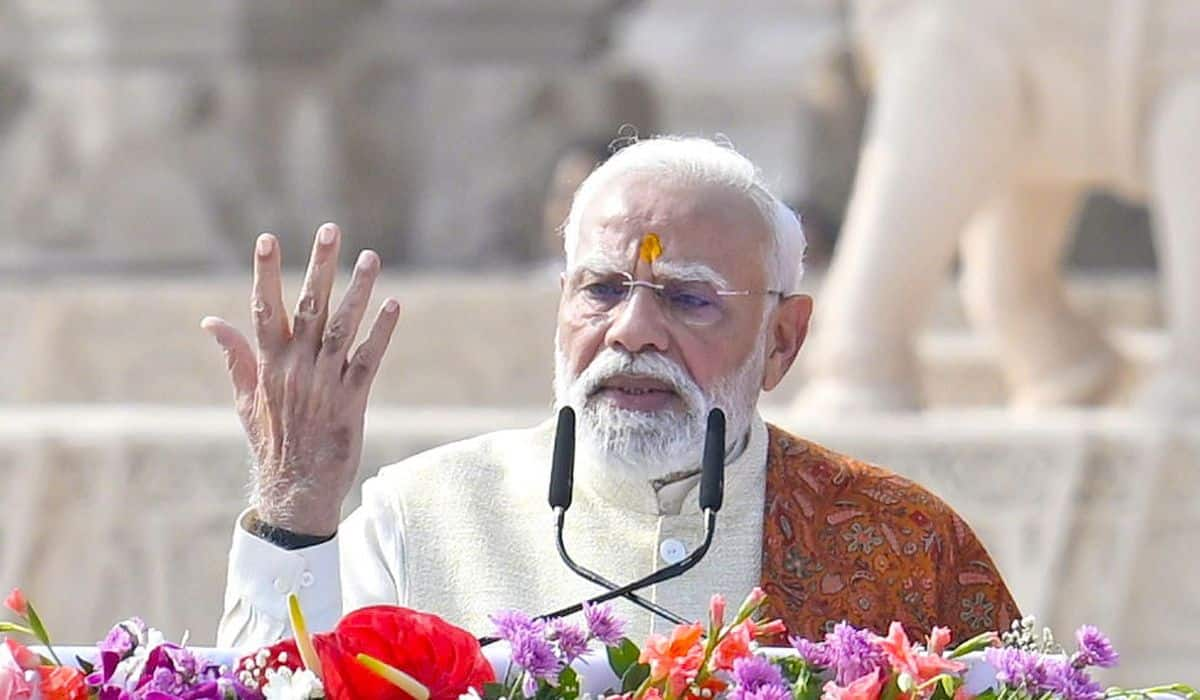Dear Friends,
The field of primary education is an innovator’s delight. It is one area where innovations can deliver extremely satisfying results. Unfortunately, our performance in this field since independence has not been up to the mark. The main issues are: access to quality primary education and the retention of students in schools. Perhaps, in a polity where winning the maximum votes drives any action, the fact that school children have no voting right has put primary education at a great disadvantage. There is no better way to overcome this than by inculcating a culture of innovation.
Friends, Gujarat has taken many steps to create a vibrant atmosphere for innovators, especially young innovators. Gujarat is the first state to have a full-fledged Innovation Commission that seeks to serve as a platform for future innovators. In September this year, the Gujarat Government launched ‘iCreate’, an incubation centre that provides youth the opportunity to incubate - an opportunity to make their ideas see the light of day with all possible support from the government. The project was shaped under the guidance of an innovator par excellence, Mr. Narayan Murthy.
To encourage innovations in primary education, an attempt has been made by the Gujarat Educational Innovations Commission to recognize innovators who silently work at the grassroots level. One way through which this has been achieved is in the form of a book that showcases 25 teachers who have redefined primary education through their innovations.
These 25 Karma Yogis have made a big difference in the society around them. Be it Dharmesh Ramanuj who re-defined community development through initiatives and the ‘night group schools’ or Jayesh Patel who adopted and adapted local customs to save trees; these individuals have truly transcended to a higher plane, becoming agents of creativity and change. The work of individuals such as Jayantilal Jotani and Prerna Mehta in promoting girl child education or Laljibhai Prajapati’s work in de-addiction is commendable. The list does not end here! There are 20 other Karma Yogis featured in the book who have become sources of inspiration for generations of teachers to come.
We are firm believers in the mantra of ‘Aham Bhramasmi’. This implies that there is a creator in every one of us! One just has to connect with the inner creator. After that it enables even an ordinary person to contribute the most extra-ordinary of innovations. This connection can happen when an individual merges the limited self in to the larger self, where one starts realizing family, society, nation as his or her own extension. A teacher starts seeing God in the students. He or she becomes one with the work and then innovations manifest themselves to the fullest through him or her. This is what Swami Vivekananda meant when he said, “Expansion is life, and contraction is death.” These innovative teachers have put the cause over the self and the results are for all of us to see.
Friends, these efforts also need to be viewed in context of a larger initiative- the mission of the Government of Gujarat to spread the joys of education to teachers, students and parents alike! Today school dropout rates have come down to 2% from 20% for Classes I-V and 7.45% from 39% for Classes I-VII. The Gujarat Government’s unique ‘Gunotsav’ initiative is another example of innovation in primary education. A 3-day programme is organized with the purpose of enhancing the learning potential of a child and creating an environment towards a paradigm shift from teaching to learning. The uniqueness of this initiative lies in the fact that Ministers and approximately 3000 government officials including senior IAS, IFS and IPS officers will personally visit over 30,000 primary schools!
Inculcating a culture of innovation, we seek to give our youth the best education so that they can dream big and take the nation to greater heights. This book ‘Learning from Innovative Primary School Teachers of Gujarat’ is an endeavor in this direction.














